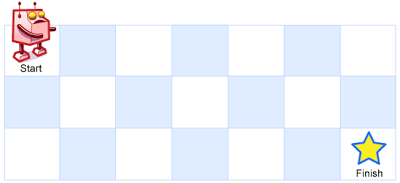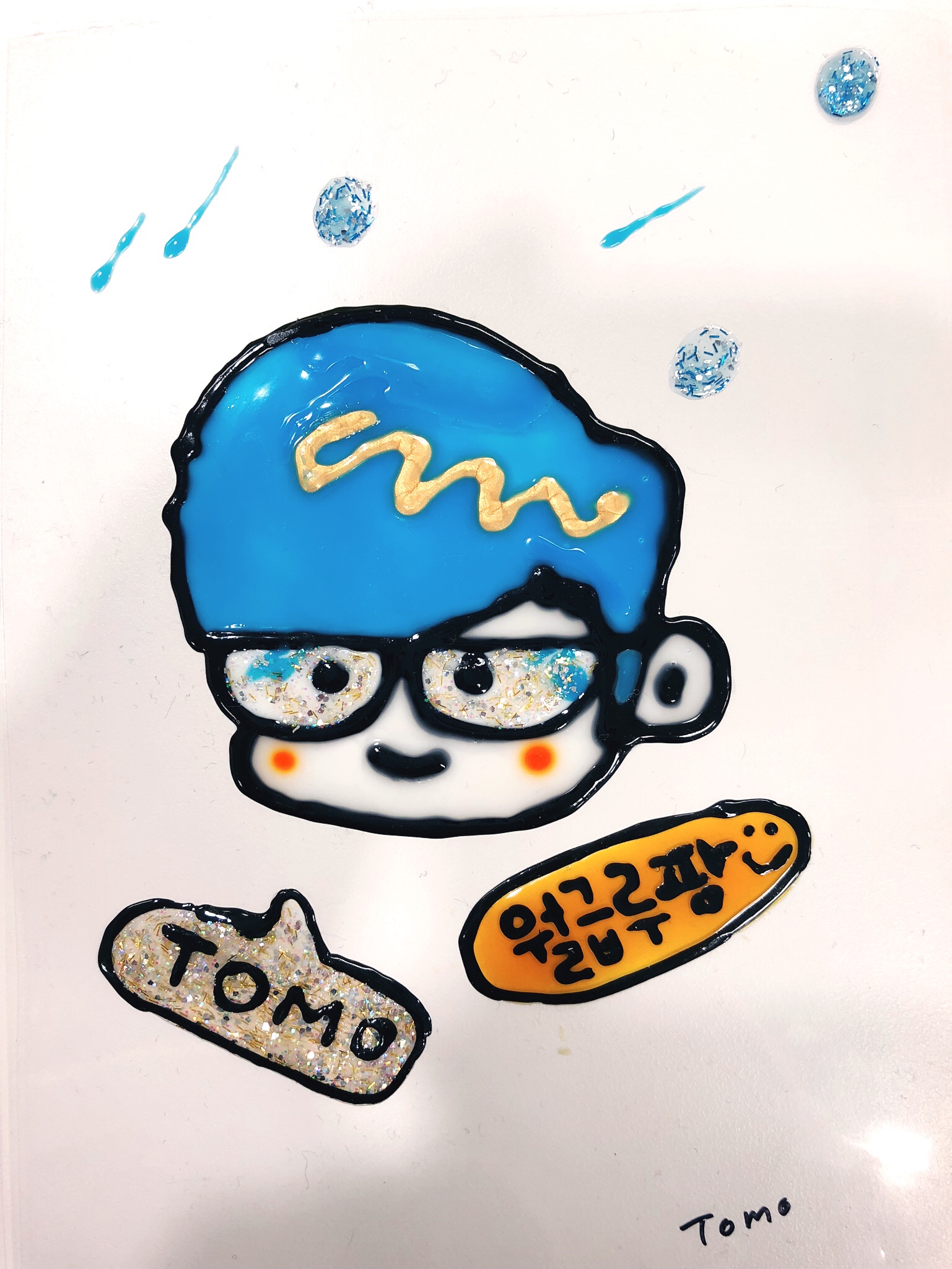Problem
A robot is located at the top-left corner of a m x n grid (marked 'Start' in the diagram below).
The robot can only move either down or right at any point in time. The robot is trying to reach the bottom-right corner of the grid (marked 'Finish' in the diagram below).
How many possible unique paths are there?
Example 1:
Input: m = 3, n = 7 Output: 28Example 2:
Input: m = 3, n = 2 Output: 3 Explanation: From the top-left corner, there are a total of 3 ways to reach the bottom-right corner: 1. Right -> Down -> Down 2. Down -> Down -> Right 3. Down -> Right -> DownExample 3:
Input: m = 7, n = 3 Output: 28Example 4:
Input: m = 3, n = 3 Output: 6Constraints:
・ 1 <= m, n <= 100 ・ It's guaranteed that the answer will be less than or equal to 2 * 10⁹.
Idea
backtracking과 dp를 이용해서 풀 수 있는 문제다.
도착점까지 도착할 때까지 로봇은 오른쪽으로 아래쪽으로만 이동할 수 있다. backtracking을 생각해보면 도착점에서 왼쪽과 위쪽으로는 도착할 수 있는 방법이 오직 한 가지밖에 없다는 것을 알 수 있다.
dp를 m x n까지 만든 다음, 위 원리에 따라 가장 아래쪽 row와 가장 오른쪽 column의 값을 전부 1로 설정한다.
dp의 다른 원소값은 오른쪽과 아래쪽을 더한 값이 된다. 그 이유는 로봇이 오른쪽과 아래쪽 두 방향 모두 이동이 가능하기 때문이다.
먼저 설정한 값을 제외하고 아래쪽 row와 오른쪽 column을 가진 원소에서 시작해 column을 왼쪽으로 이동하여 값을 설정하고 위쪽 row로 이동한다.
위 과정을 반복하면 모든 dp 값이 채워지며, dp[0][0]을 리턴하면 된다.
Solution
class Solution {
public int uniquePaths(int m, int n) {
int[][] dp = new int[m][n];
for (int i=0; i < n; i++) {
dp[m-1][i] = 1;
}
for (int i=0; i < m; i++) {
dp[i][n-1] = 1;
}
for (int i=m-2; i >= 0; i--) {
for (int j=n-2; j >= 0; j--) {
dp[i][j] = dp[i+1][j] + dp[i][j+1];
}
}
return dp[0][0];
}
}

